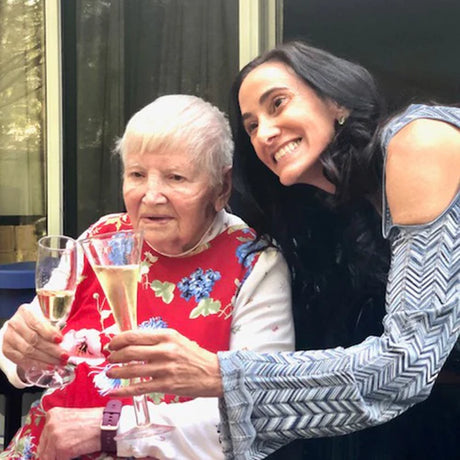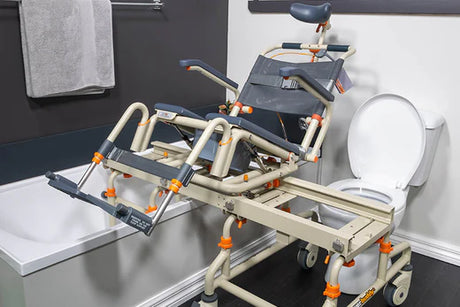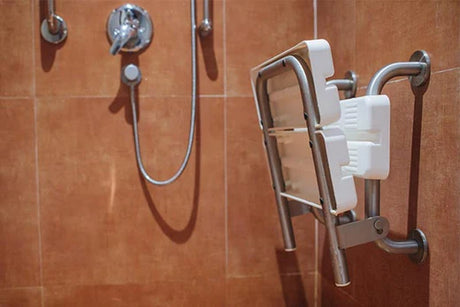Walkers
Mobility scooters
We think it’s really important for elderly households to maintain their freedom of mobility as much as possible and mobility scooters are excellent for this purpose. There is one downside of course and that’s the cost – typically mobility scooters are well into the thousands of dollars. While some funding may be available in parts of the world, typically a mobility scooter is considered a cost the individual or their family would incur.

Do your homework on mobility scooters and make sure you invest in a model that works for the needs of the user. Online reviews can be a really helpful tool to gauge the long term owner experience. As with anything, a lower cost scooter may not come with the comfort settings so often needed by the user, especially if negotiating local footpaths and car crossings!

Wheelchairs
Grabbers
Electric kitchen tools
Ramps
Lifts
Shower and bath chairs

If you or your family member is a senior with mobility challenges, we’d suggest looking into a shower chair solution like Showerbuddy.
Learn more about Showerbuddy
Showerbuddy provides a range of transfer systems that fit most bathrooms around the world. Our system allows comfortable, sturdy movement around the bathroom to conduct your daily routine. Thanks to the smart design, users are afforded more independence and dignity in the bathroom. You can learn more about Showerbuddy or, get in touch with our team to arrange a demo with your nearest distributor.






















![Toilet Training A Young Child With Mobility Challenges [And How A Shower Chair Can Help]](http://shower-buddy.com/cdn/shop/articles/toilet-training-disabled-child_520x500_a90e5234-d372-435d-aa56-8da15dd3836c.webp?v=1722557239&width=460)




























